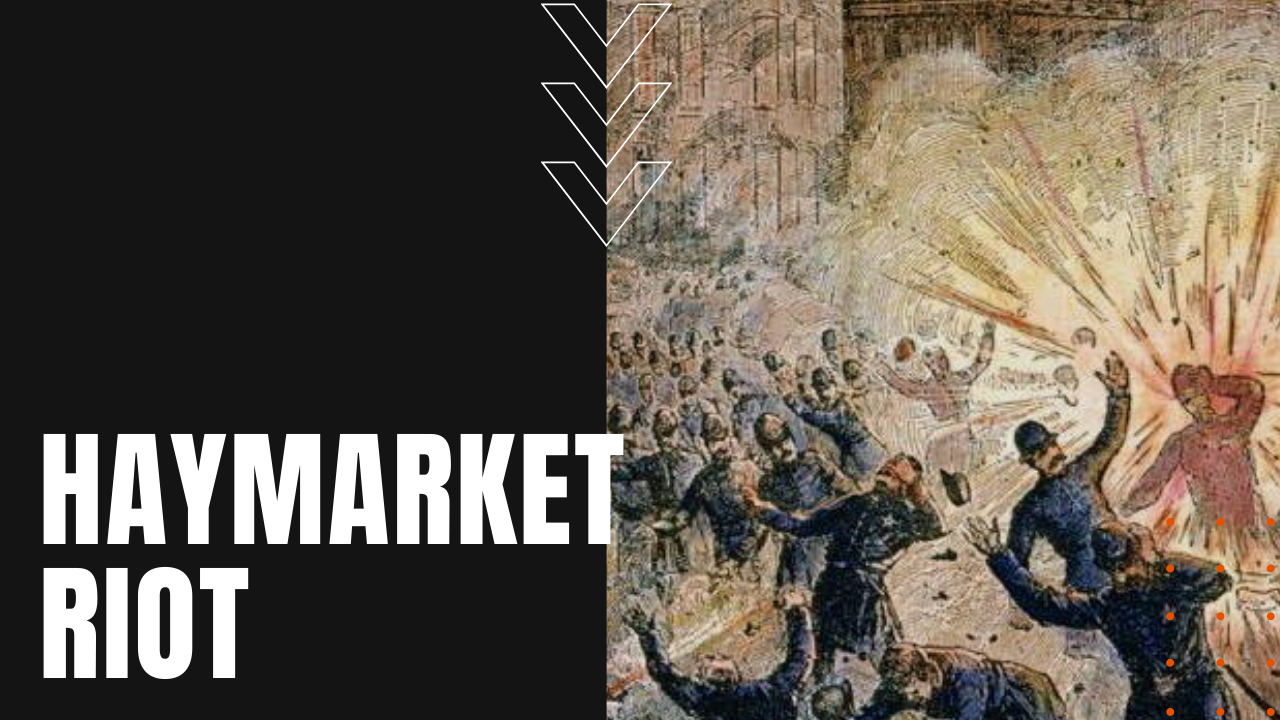Haymarket Riot: Industrial Worker Protest Turns Violent

During the American 1880s, industrial workers continued to protest low wages and dangerous working conditions, heating up the American labor movement with strikes and pushback against industrialists, at the same time attracting the attention of mostly immigrant socialists, communists and anarchists intent on dismantling American capitalism.
What Was the Haymarket Riot?
In 1886 Chicago, after a May 3rd strike in front of the McCormick Reaper Works, police opened fire on striking workers, killing or wounding multiple protestors on the picket line. In response, anarchist leader August Spies—who had witnessed the unprovoked attack—organized a protest rally at Haymarket Square, set to kick off the following evening.
“Workingmen, To Arms” read his hastily-printed fliers, which soon caught the attention of a multitude of disaffected radicals and workers alike. Shortly after 8:30 on the night of May the 4th, several thousand workers and activists assembled in Haymarket Square, where Spies took to the back of a hay wagon with an impassioned speech meant to fire up the crowd, followed by a second speech by radical anarchists and former Confederate soldier Albert Parsons.
Haymarket Square Riot Breaks Out
Approaching nine o’clock, police arrived to break up the crowd, prompting a radical to hurl a bomb at the officers, who in turn opened fire on the crowd. Seven officers and one civilian died in the melee, while many others suffered a wide assortment of injuries. The riot and subsequent trials set off a red scare-like wave of xenophobia aimed at immigrants and labor organizers, leading to even more controversial death penalty convictions of seven Haymarket protesters, while an eighth was sentenced to 15 years in prison.
Despite a dogging lack of evidence, on November 11th, 1887, four men were hanged, while a fifth committed suicide on the eve of his execution. Reacting to public backlash over the lack of evidence behind the protestor’s alleged guilt, Illinois Governor Richard J. Oglesby commuted the two remaining death sentence prisoners to life in prison, while his successor John P. Altgeld pardoned all three remaining prisoners in 1893.
What Was the Outcome of the Haymarket Riot?
While the Haymarket Riot was at first seen as counterproductive to the labor movement during the Industrial Revolution, it ultimately served as a turning point for American labor, leading to the formation of the American Federation of Labor, while inspiring a renewed passion for labor and leadership in the decades to come.
